Raising and caring for chickens is comparatively easy. They would be just fine in mild winters with a natural feather covering but will require some measures in extreme winters.
Can chicken effectively sustain winter? Do coops need additional insulation and warmth? How to keep away predators? Why do chicken coops have two doors? Let us answer some of the questions in the blog below.
Though chickens have a protective layer that traps heat to provide warmth, they require some additional measures. Typically, they prefer a temperature of about 70-75°F but can still be accustomed to lower colder temperatures. They are healthier, but a chicken sitting in one corner or fluffing up its wings indicates extreme cold.
Thus, owners need to cater for insulation, especially when the temperature becomes unbearable. Let us discuss ways to keep chickens warm in winter, especially when you do not have an electrical line running to the coop.
Relocation
If you have a mobile coop, consider relocating it to beat the harsh, icy cold wind. Place it somewhere where there will be enough sun to keep the chickens warm.
Insulate
Prepare appropriate insulation not only to cool down in summer but also to provide heat in winter. During winters, you can use Styrofoam to trap heat and block the wind. Alternatively, cardboard boxes are great tools, besides being inexpensive and available to protect against crosswinds.
You can even spread straw on the coop floor for warmth. Alternatively, old clothes and fabrics, when combined with cardboard, are suitable for walls. Even old curtains block wind currents and minimize their effect on the coop.
Check Holes
Keep a check on the holes or gaps of the coop, which can be the entrances for breezes. Cover them either with plywood or cardboard and any other materials for warmth. While doing so, ensure proper ventilation and allow moisture to escape.
[amazon box=”B01L9O7BMU”]Cover The Pathway
Cover the walking path with hay, straw, or woodchips to prevent cold from entering through the legs. You can experiment with wooden planks or prefer something that does not turn moist.
Deep Litter
Add a deep and loose litter as added insulation to the coop. Create a rough, sturdier first layer of 3-4 inches. Next, add in free material like straw or wood shavings to keep the homestead warm. Keep adding additional layers throughout the winter and clean them up in spring.
Bring in heat.
Bring natural heat with insulated windows the whole day. You can use a stone and concrete construction for this purpose as it takes in heat and spreads it throughout the day. Use the deep litter method for warming up wooden floors.
Encourage Activity
Our bodies turn warm when we exercise. The same goes for the chickens. Hence, encourage exercise by adding little treats outside during the day and keep your coop warm.
Make The Coop a Little Smaller
Add-in boards to reduce the size of the coop and raise the heat. Ensure to keep the ceiling within two feet of the roosting bars. Hence, chickens will roost together in a smaller space and keep the coop warm.
Make The Nest Boxes Warm
Hang-in curtains in front of the nest boxes to make the air warm. Add a little bedding to the floor for heat and ensure good quality and fresh eggs throughout the day.
Lay Down a Bed
If you have a cold climate and no separate floor to the chicken coop, consider laying a good bedding layer of woodchips, sawdust, and straw. Standing constantly on the icy ground can be harmful to the chickens and, a good ground cover will keep them healthier.
Verify The Width of Crossbars
Ensure that your roost bars are wide enough for chickens to prevent frostbite and spread cold currents throughout the stay. You can choose a 2 X 4 bar for chickens to stand flat-footed.
Insulate The Doors
Cover the entrances of the stay with straw blades. The cover will provide the chickens with a spot to get up and off the floor and insulate the coop.
Consider A Hoop House
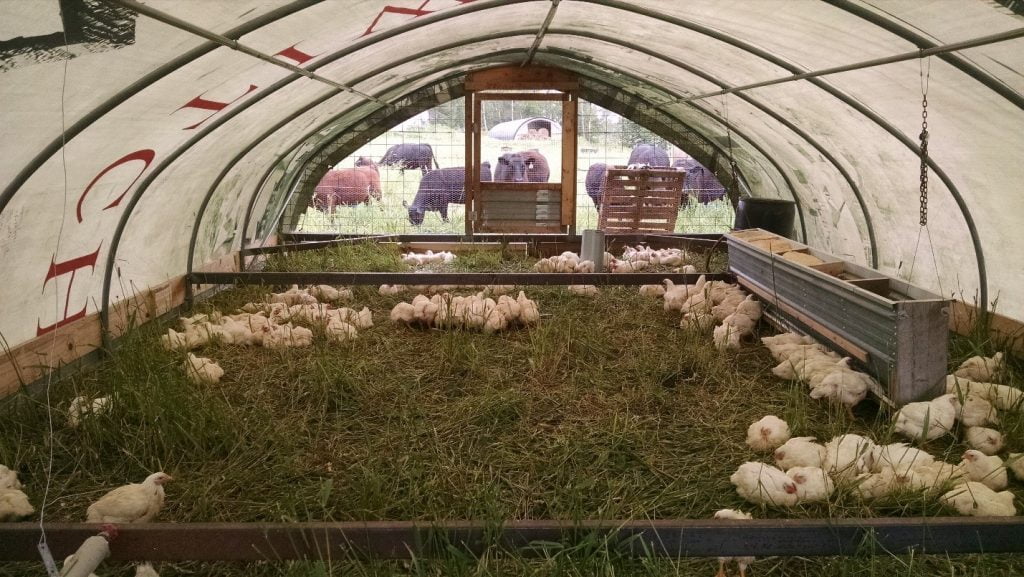
To utilize your homestead to advantage, consider adding a semi-permanent structure with long, bent PVC pipes covered in thick plastic to sustain the long, chilly winters. The assembly will heat the interiors of the coop during the day and pass on the heat slowly at night.
Layout Hot Water Bottles
Consider laying out some hot water bottles in the coop if it becomes unbearably cold and you run off supplies. Though they will not last long, they are suitable for a quick, temporary solution that will help.
Add Glass Windows
Apart from functioning as typical windows, glass windows trap in the heat from sunlight; one of the best alternatives to heat a coop, an insulated double-paned glass window directed towards sunlight, sounds suitable.

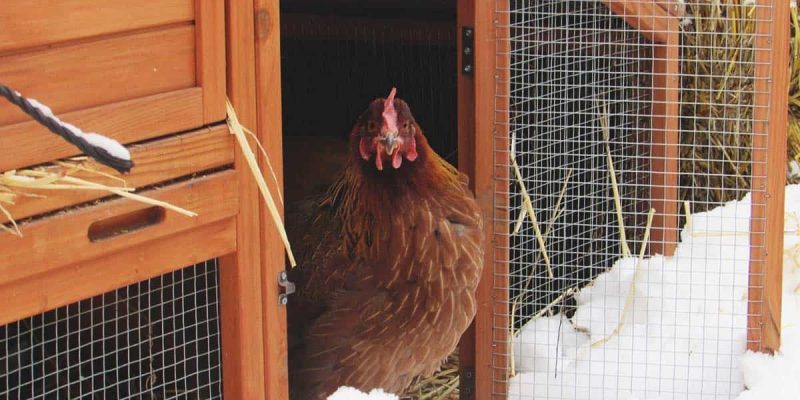



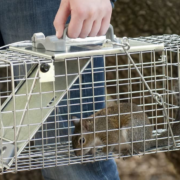
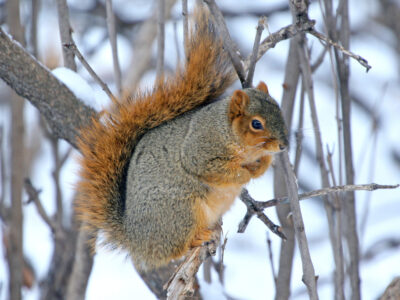



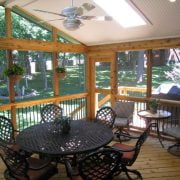

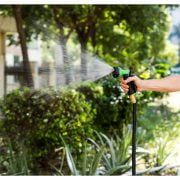

Comments